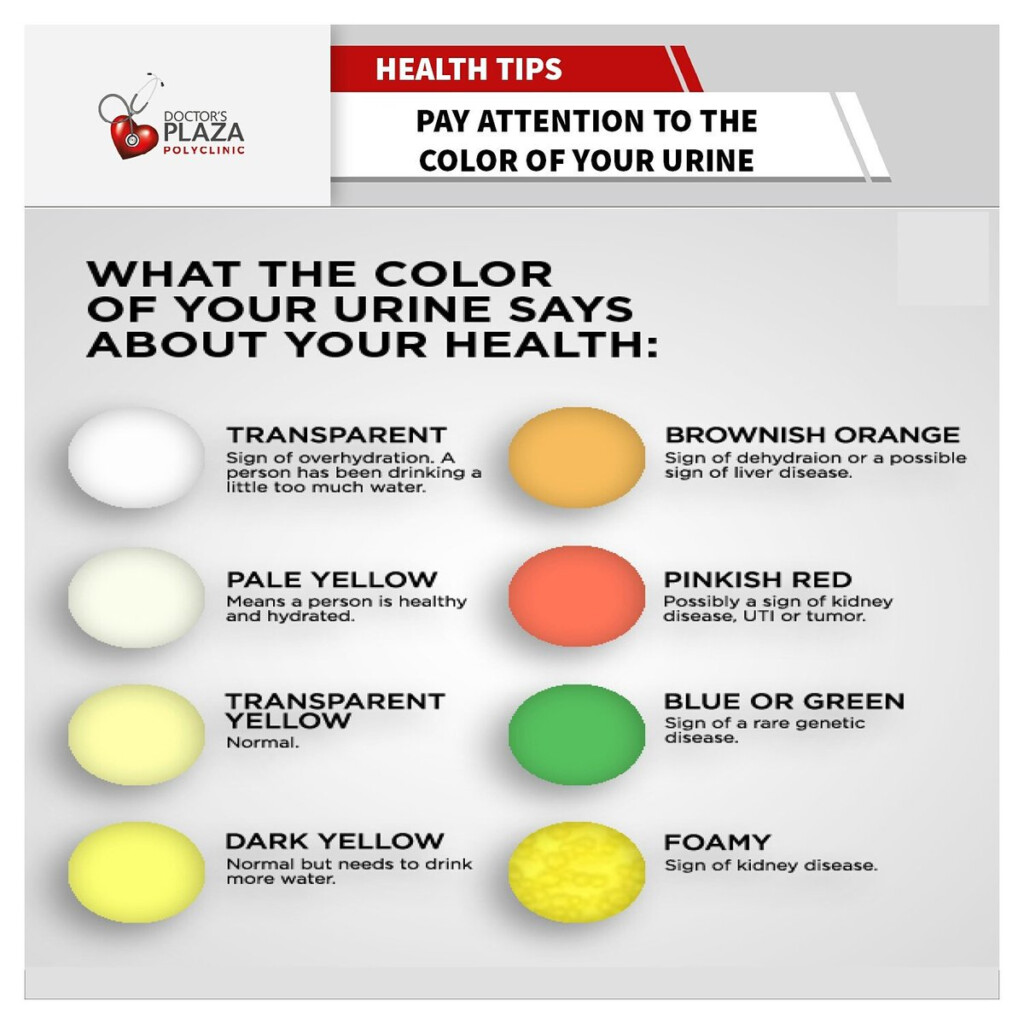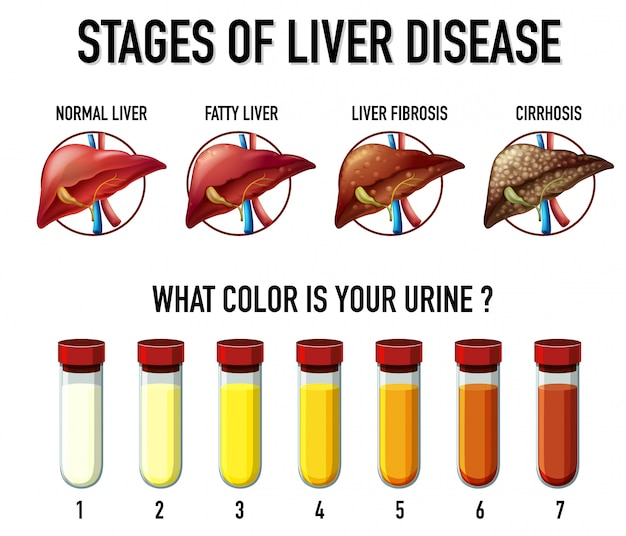Under normal circumstances, urine is typically a pale yellow color, which is a sign of good hydration and overall health. This color is due to the presence of urochrome, a pigment that results from the breakdown of hemoglobin in red blood cells. However, changes in urine color can sometimes indicate underlying health issues, including liver disease.
If you notice any drastic changes in the color of your urine, it’s essential to pay attention to these changes and consult with a healthcare professional if necessary. Keeping track of your urine color can provide valuable insights into your liver health and overall well-being.
Liver Disease Urine Color Chart
Dark Yellow or Amber Urine
One common indicator of liver disease is dark yellow or amber-colored urine. This can be a sign of dehydration, which can put added stress on the liver and impair its ability to function properly. Additionally, dark urine can also be a sign of jaundice, a condition that occurs when the liver is unable to properly process bilirubin, a pigment produced by the breakdown of red blood cells.
If you notice that your urine is consistently dark yellow or amber in color, it’s essential to speak with a healthcare provider to determine the underlying cause. Treatment for liver disease may involve lifestyle changes, medications, or other interventions to help improve liver function and overall health.
Foamy or Cloudy Urine
Another potential indicator of liver disease is foamy or cloudy urine. This can be a sign of proteinuria, a condition in which excess protein is present in the urine due to impaired kidney or liver function. Proteinuria can put added strain on the liver and kidneys, leading to further complications if left untreated.
If you notice that your urine is consistently foamy or cloudy, it’s important to seek medical advice to determine the underlying cause. Your healthcare provider may recommend further testing to evaluate liver and kidney function and develop a treatment plan to address any underlying issues.
By paying attention to changes in your urine color and seeking medical advice when necessary, you can help protect your liver health and overall well-being. Understanding the potential implications of different urine colors can empower you to take proactive steps to maintain a healthy liver and prevent complications associated with liver disease.
Download Liver Disease Urine Color Chart
Liver Disease Urine Color Order Sales Www olganossova
Liver Damage Urine Color Infoupdate
Liver Damage Urine Color Infoupdate
Liver Damage Urine Color Infoupdate




